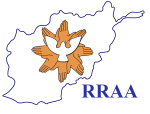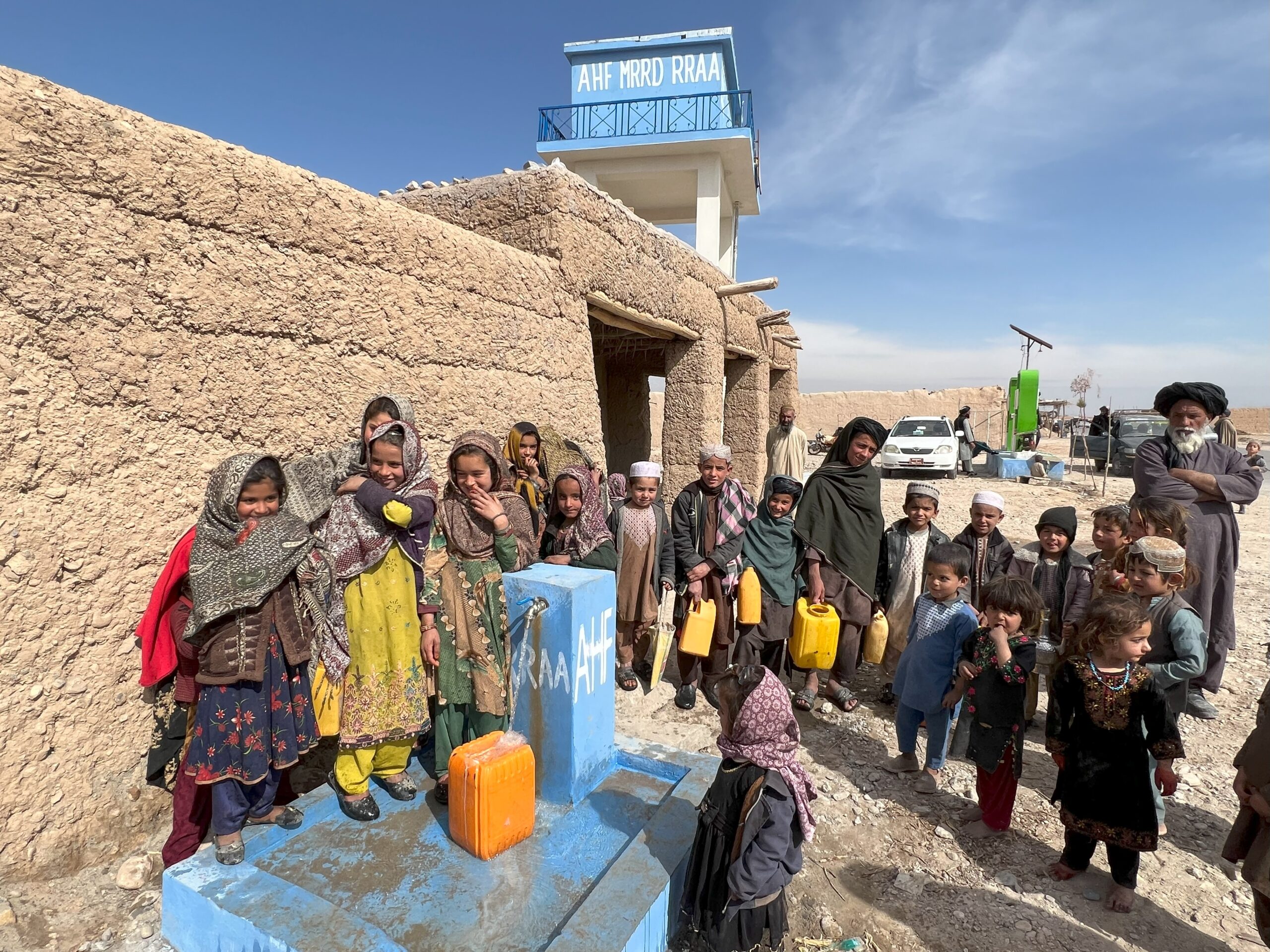Afghanistan has been facing poverty and unemployment for many years, which continues to be a significant challenge. Despite this, the country has made considerable progress in recent years, particularly in terms of livelihood improvements, thanks to the tireless efforts of the NGO community. These organizations have been working hard to enhance the economic conditions of the people through various initiatives.
Poverty is a widespread issue in Afghanistan, affecting both rural and urban areas. The rural areas are primarily affected, with approximately four out of five poor people residing in these regions. Families in these areas often lack access to adequate nutrition, leading to malnourishment, stunted growth, and even death among infants and children.
Unfortunately, the poverty rate is increasing in Afghanistan due to a significant decrease in donor aid. According to the UNDP report, about 85% of Afghans live on less than US $1 per day. This is a worrying trend, and it is predicted that around 23.7 million people in Afghanistan will require humanitarian aid by 2024, as stated by OCHA. Half of Afghanistan’s population is already struggling with poverty, and a significant number of women are affected.
Agriculture and livestock play a crucial role in the economy of Afghanistan, providing livelihoods for millions of people. However, the sector faces significant challenges that require immediate attention. One of the most pressing challenges is the lack of access to quality seeds, fertilizers, and other agricultural inputs. Farmers in Afghanistan often rely on low-quality seeds and fertilizers, leading to low crop yields and poor livestock health. Another challenge is the lack of proper irrigation systems and water management, particularly in rural areas. This leads to water scarcity and crop failure, further exacerbating poverty and food insecurity.
Furthermore, the livestock sector faces challenges such as limited access to animal health services, poor animal nutrition and breeding practices, and inadequate market linkages. These issues lead to low productivity and income for livestock farmers, hindering the growth of the sector.
As an NGO committed to addressing the humanitarian needs of communities in Afghanistan, we would like to call upon the donor community to increase their support for these initiatives. Together, we can work towards a better future for the people of Afghanistan.


